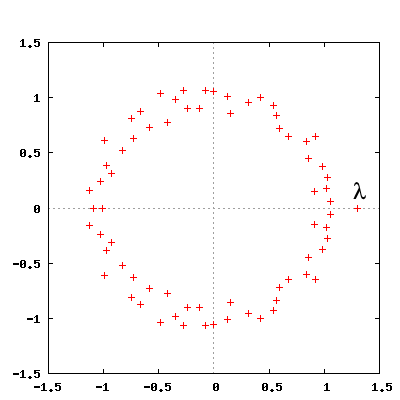Look-and-say sequence
Look-and-say sequence is a mathematical sequence of digits that is generated by describing the digits of the previous term. The sequence was introduced and analyzed by mathematician John Horton Conway. The look-and-say sequence does not depend on the mathematical operation of the numbers themselves but rather on the digits' appearance and frequency in a given term.
Definition[edit | edit source]
The look-and-say sequence starts with a single digit. Each subsequent term is generated by verbally describing the digits of the previous term, counting the number of digits in groups of the same digit. For example, starting with "1", the term that follows is "11" (one 1), followed by "21" (two 1s), then "1211" (one 2, and one 1), and so on.
Sequence Generation[edit | edit source]
To generate the sequence, one begins with the first term (usually "1") and produces the next term by reading the first term out loud, recording the count of the number of digits in groups. This process is repeated to generate further terms. The sequence is thus:
- 1
- 11
- 21
- 1211
- 111221
- 312211
- 13112221
- 1113213211
- ...
Properties[edit | edit source]
The look-and-say sequence has several interesting properties:
- The sequence does not contain any digit larger than "3" when starting with "1".
- The terms grow in length by about 30% from one term to the next, leading to exponential growth over many terms.
- Conway proved that elements of the sequence eventually split into a combination of "atomic elements", which are subsequences that reappear in the sequence but are not further decomposable.
Applications and Related Concepts[edit | edit source]
While the look-and-say sequence is primarily of theoretical interest, it has connections to other areas of mathematics and computer science, including automata theory, number theory, and the study of recursion and generative systems. It serves as an illustrative example of how simple rules can generate complex behaviors, a principle that is relevant in the study of fractals, cellular automata, and algorithmic information theory.
See Also[edit | edit source]
Search WikiMD
Ad.Tired of being Overweight? Try W8MD's physician weight loss program.
Semaglutide (Ozempic / Wegovy and Tirzepatide (Mounjaro / Zepbound) available.
Advertise on WikiMD
|
WikiMD's Wellness Encyclopedia |
| Let Food Be Thy Medicine Medicine Thy Food - Hippocrates |
Translate this page: - East Asian
中文,
日本,
한국어,
South Asian
हिन्दी,
தமிழ்,
తెలుగు,
Urdu,
ಕನ್ನಡ,
Southeast Asian
Indonesian,
Vietnamese,
Thai,
မြန်မာဘာသာ,
বাংলা
European
español,
Deutsch,
français,
Greek,
português do Brasil,
polski,
română,
русский,
Nederlands,
norsk,
svenska,
suomi,
Italian
Middle Eastern & African
عربى,
Turkish,
Persian,
Hebrew,
Afrikaans,
isiZulu,
Kiswahili,
Other
Bulgarian,
Hungarian,
Czech,
Swedish,
മലയാളം,
मराठी,
ਪੰਜਾਬੀ,
ગુજરાતી,
Portuguese,
Ukrainian
Medical Disclaimer: WikiMD is not a substitute for professional medical advice. The information on WikiMD is provided as an information resource only, may be incorrect, outdated or misleading, and is not to be used or relied on for any diagnostic or treatment purposes. Please consult your health care provider before making any healthcare decisions or for guidance about a specific medical condition. WikiMD expressly disclaims responsibility, and shall have no liability, for any damages, loss, injury, or liability whatsoever suffered as a result of your reliance on the information contained in this site. By visiting this site you agree to the foregoing terms and conditions, which may from time to time be changed or supplemented by WikiMD. If you do not agree to the foregoing terms and conditions, you should not enter or use this site. See full disclaimer.
Credits:Most images are courtesy of Wikimedia commons, and templates Wikipedia, licensed under CC BY SA or similar.
Contributors: Prab R. Tumpati, MD


